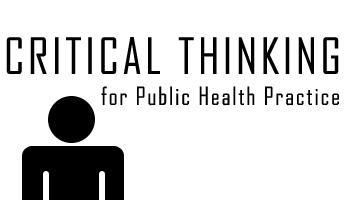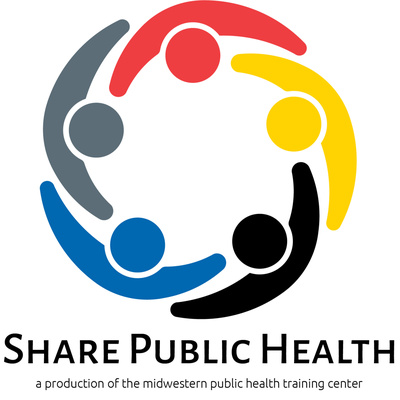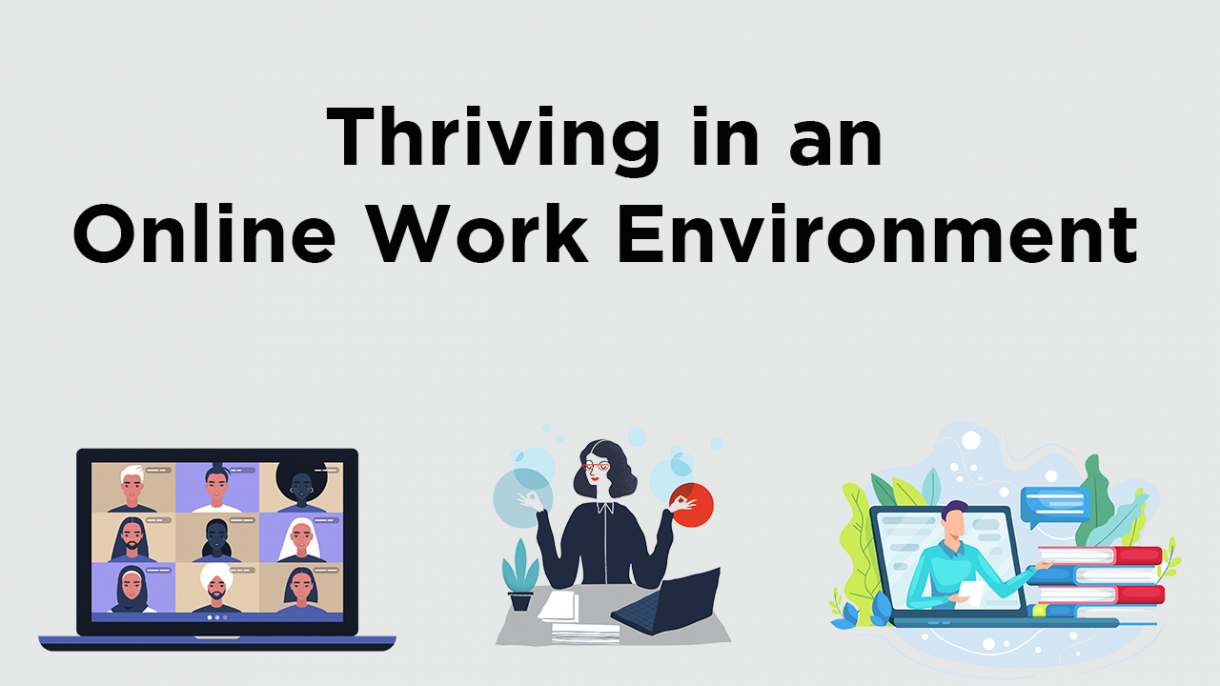Course Summary
There are 6 steps in this course:
- Step 1: Identify and Define the Problem
- Step 2: Gather Information
- Step 3: Develop Alternatives
- Step 4: Select an Alternative
- Step 5: Implement the Solution
- Step 6: Evaluate the Solution
Each module includes at least one Review Question.
These review questions will provide you with an opportunity to apply the knowledge
and skills presented in the module.
Intended Audience
Public health leaders who may need to solve a problem or crisis by thinking critically about it and make appropriate decisions using an
established six step model
Learning Objectives
At the end of this course, the learner will have the ability required to:
- Identify and clearly define a problem situation.
- Gather facts about a problem situation in an efficient
and effective manner. - Identify and categorize any constraints on possible
solutions to a problem situation. - Employ an appropriate method to effectively generate
alternative solutions to a problem situation - Use a set of criteria (feasibility, suitability, and
flexibility) to evaluate alternative solutions to a problem situation. - Develop an action plan for implementing a solution to a
problem situation. - Monitor progress after implementing a solution to a
problem situation to evaluate whether or not objectives are met.
Pre-requisites/Learning Level
No Pre-requisites
Competencies addressed
Core Competencies for Public Health
Professionals identified:
Domain 1: Analytical/Assessment Skills
- 1A1. Describes factors affecting the health of a community
(e.g., equity, income, education, environment)
Domain 2: Policy Development/Program Planning Skills
- 2A6. Gathers information that can inform options for
policies, programs, and services (e.g., secondhand smoking policies, data use
policies, HR policies, immunization programs, food safety programs)
Domain 5: Community Dimensions of Practice
Skills
- 5A2. Recognizes relationships that are affecting health in
a community (e.g., relationships among health departments, hospitals, community
health centers, primary care providers, schools, community-based organizations,
and other types of organizations)
CEUs Offered
None
Cost
Free
Modality/format
Online Self-Pace
Length
1 hour
Presenter(s) and/or Content Experts
Technical requirements
- Adobe Acrobat Reader
- Flash Player
- Speakers
Registration requirements
Register a free account
Creation and/or update
September 22, 2013




